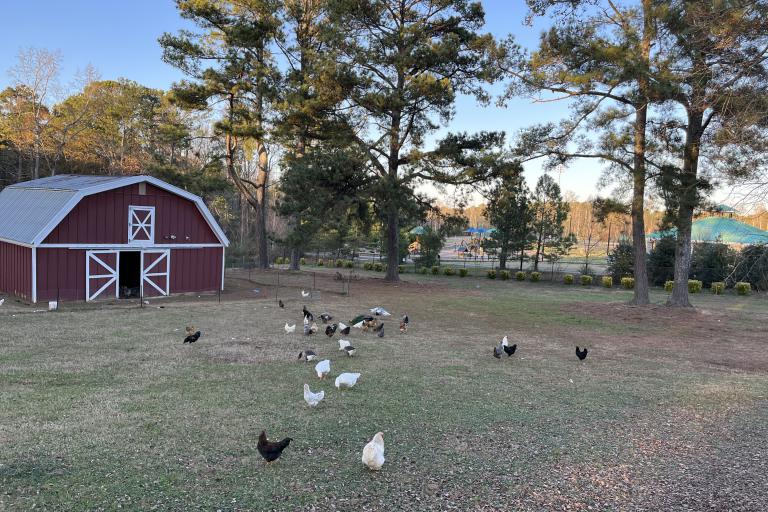As a free-range chicken owner, I have learned that one of the biggest challenges of raising chickens outside of a closed coop is protecting them from predators. From coyotes to foxes to hawks, there are many potential threats to the safety of my flock. In this article, I would like to share some of the strategies I have implemented to keep my chickens safe and secure.
- Coop Design and Placement
One of the first steps to protecting your free-range chickens is to design a secure coop that provides ample protection from predators. The coop should be raised off the ground to prevent animals from digging under it and should be constructed with sturdy materials. I also recommend placing the coop in an area with good visibility, as this will allow you to monitor the flock and any potential threats more easily.
- Fencing
In addition to a secure coop, a strong perimeter fence is a key component of predator control for free-range chickens. I use a combination of wire mesh and electric fencing to create a secure perimeter around my chicken yard. The wire mesh fence is buried underground to prevent digging, and the electric fence adds an extra layer of protection by delivering a shock to any predator that tries to breach the perimeter.
- Predator Deterrents
There are many natural deterrents that can help keep predators away from your chickens. One effective method is to use guard animals, such as dogs or llamas, to patrol the chicken yard and scare off any potential predators. Other methods include using bright lights or reflective tape to deter nighttime predators, and installing motion-activated sprinklers to startle animals that come too close to the coop.
- Flock Management
Effective flock management is also crucial for protecting free-range chickens from predators. I make sure to lock my chickens in the coop at night, as most predators are nocturnal and are more likely to attack during the night. I also supervise my chickens during the day, keeping a close eye on any potential threats and intervening if necessary.
- Education and Preparation
Finally, it is important to educate yourself on the potential predators in your area and to be prepared for any threats that may arise. I regularly research local predator populations and their behaviors, as well as consult with other chicken farmers and wildlife experts. I also keep a predator control kit on hand, which includes tools such as flashlights, netting, and noise-making devices.
As you can see, protecting free-range chickens from predators requires a combination of secure coop design, effective fencing, natural deterrents, strong flock management, and education and preparation. While the threat of predators is always present, implementing these strategies can help minimize the risk and keep your flock safe and secure.

